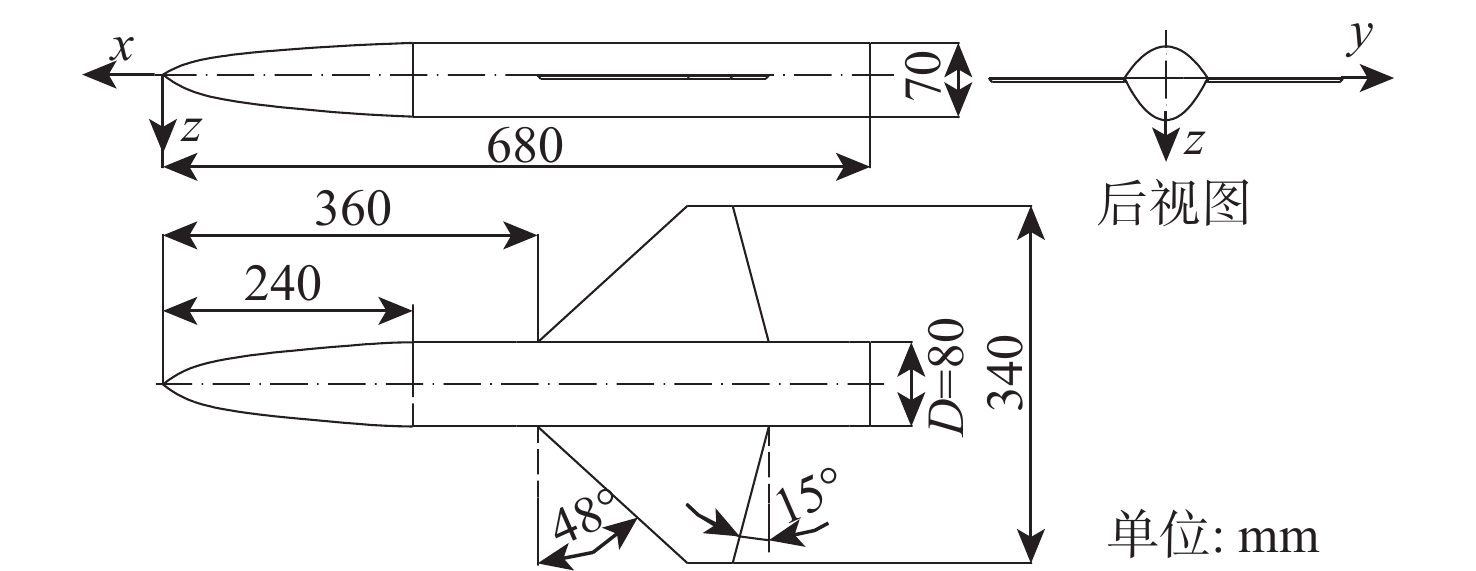In order to avoid discretizing the whole structure and reduce the error between the geometric model and the discrete model, a shape optimization method based on the flower pollination algorithm and isogeometric boundary element method is proposed. The boundary element method only needs to discretize the structure boundary, and this simplifies the discretization process. The boundary element method only needs to discretize the structure boundary, and this simplifies the discretization process. Furthermore, the isogeometric analysis is exploited to improve the accuracy. Firstly, the objective function is to minimize the displacement or stress, and the constraint condition is that the structural area is equal to the specified area; secondly, the constrained optimization model is transformed into an unconstrained optimization model by using the augmented lagrange multiplier method; Then, the bearing condition of the structure is analyzed by the isogeometric boundary elementmethod (IGABEM); finally, the elite opposite-based learning strategy and large scale estimation of distribution algorithms (LSEDA) are used to improve the flower pollination algorithm, and the coordinates of control points are optimized by the improved flower pollination algorithm. After that, the boundary of structure is constructed by the non-uniform rational B-splines (NURBS) basis function, and the optimal structure shape is drawn. According to the test findings for the Ackley function, the enhanced flower pollination algorithm converges in 14 steps as opposed to 136 steps for the original flower pollination algorithm, and its minimum value is 8.881 8×10−16 less than 0.0014, demonstrating that it is more capable of optimization. The computational results of shape optimization show that the proposed algorithm can effectively solve two-dimensional shape optimization problem based on isogeometric boundary element method.



